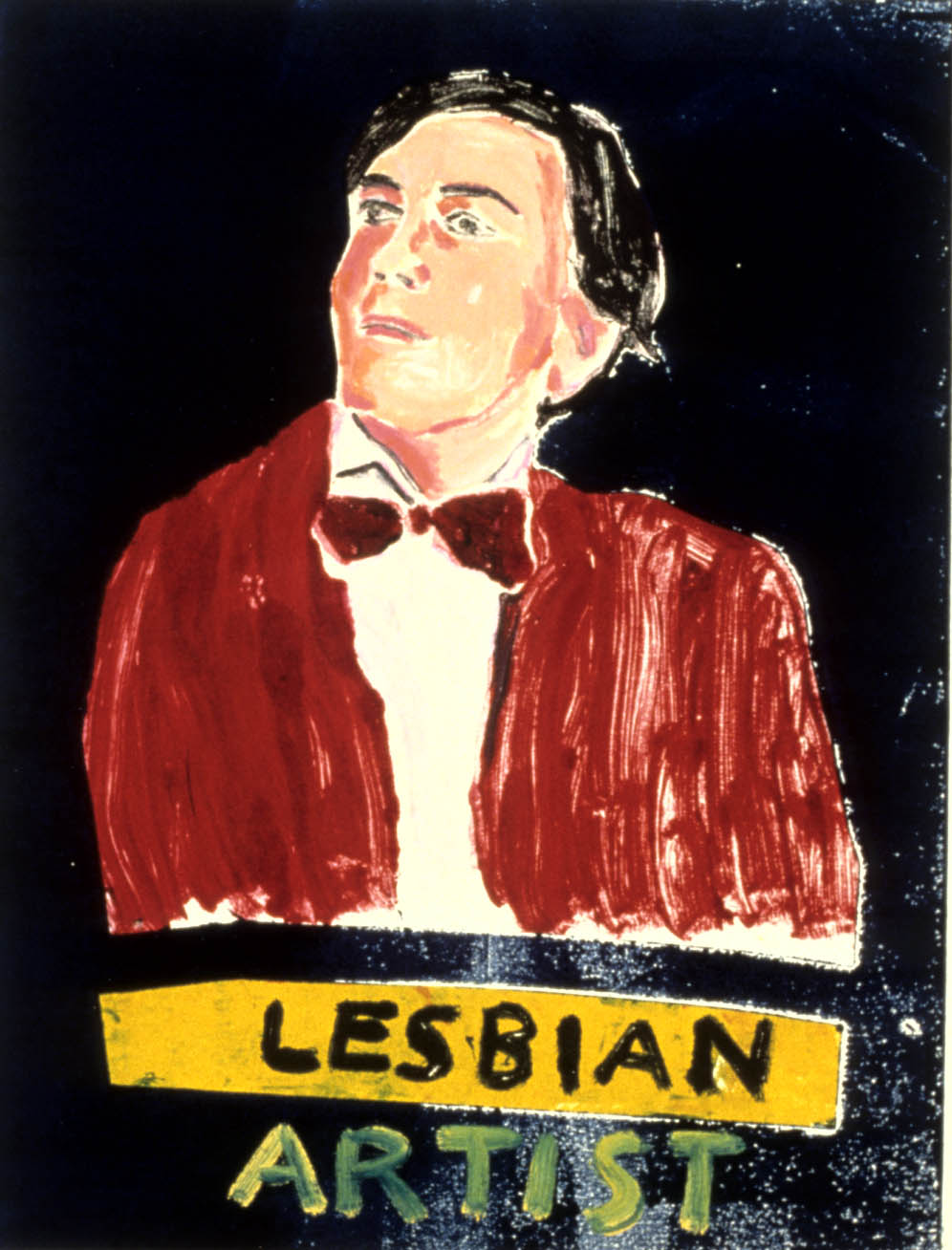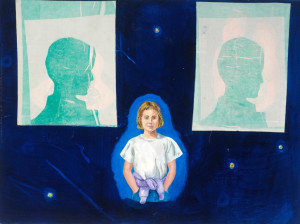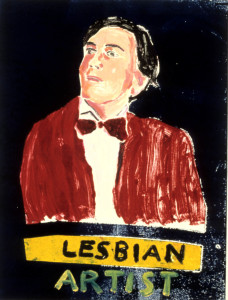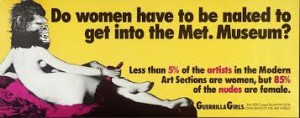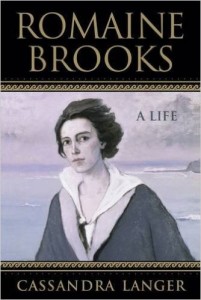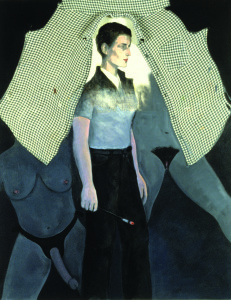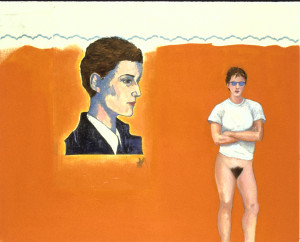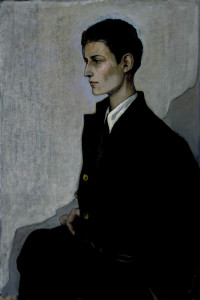Wrapping up A Life in Ruins
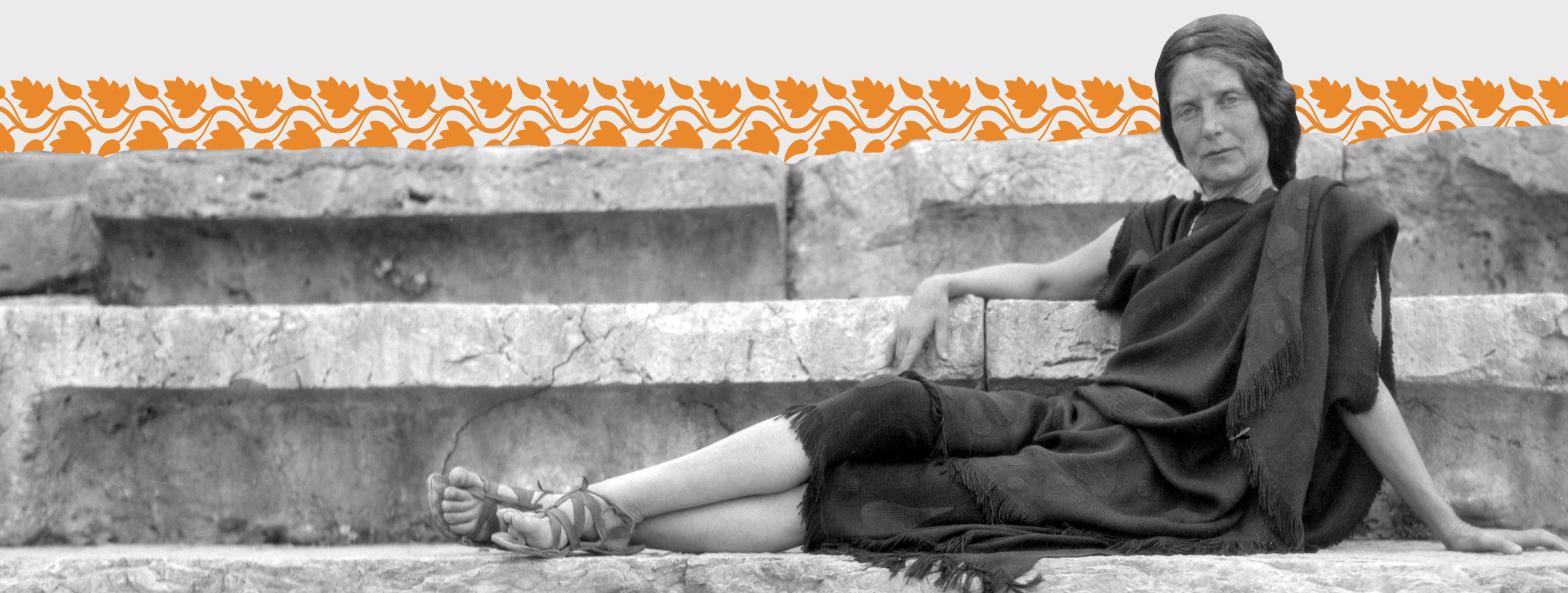

Wrapping up A Life in Ruins
And Cueing Up A Night at the Amazon’s
It’s hard to believe that it’s only been a few short months since the world stopped and everybody took shelter in their homes.
If you’re like me, you haven’t really come out. Except to ride and walk the hills. And maybe get your haircut. I admit it.
We’ve lost friends, family members and loved ones. We’re struggling under increasingly heavy burdens. America has taken to the streets to protest police brutality and institutionalized racism that has crippled people of color for generations.
But Spring has always been a season of creative renewal. No pandemic can change that. And that’s what it’s been like in my house, too.
I built on a partnership with Berklee-trained composer, musician and audio producer Caleb Green. Caleb’s studio is in Harvard, Massachusetts. That’s, like, Road Warrior distance away. Stay-at-home orders meant stopping our plans to collaborate on an audiobook—until Caleb convinced me to build a recording studio of my own.
(Hint: I now worship the god Sweetwater.)
One frenzied month later, I’m recording the biography of Eva Palmer in the elevator shaft.
I can now truly say, like one cosmopolitan onlooker who came before me, that Eva is the only ancient Greek I ever knew.
The book details the flowering of arts and culture given to humanity by this American maverick who was almost lost to history. The story takes you from New York high society in the Golden Age to Belle Époque Paris, back in time to ancient Delphi and forward again to modern Greece between the Wars and across the ocean again to WW2 America, where she was part of a flourishing modern dance scene. There’s love and intrigue. There’s Sapphic poetry and Byzantine music. Above all, there’s the unfinished Megali Idea, or Great Idea, of Hellenism. And plus, there’s pan pipes.

Today, Caleb and I delivered EVA PALMER SIKELIANOS: A LIFE IN RUINS to Princeton Audio in the UK.
Look for it in about a month or so: say, the end of July, from Audible and wherever you get your podcasts and audiobooks. Here’s a sneak preview. I’ve chosen a section where Caleb’s original score really shines.
LISTEN TO A PREVIEW FROM THE UPCOMING AUDIOBOOK EVA PALMER SIKELIANOS: A LIFE IN RUINS BY ARTEMIS LEONTIS
What a wild and wonderful ride it’s been! Many thanks to the author, Artemis Leontis, for her strong support; to Romaine Brooks’s biographer Cassandra Langer, who also helped make this audiobook a reality; and to Peter Poulos at The Hellenic Initiative, bringing hope to families in need, which will distribute all proceeds from my artist royalty for emergency Covid relief in Greece. It’s a country devastated by the ravaging of the pandemic on tourism—an industry Eva Palmer had a crucial hand in developing , starting with her revival of the Delphic Festivals in 1927 and 1930.
Similar partnerships are springing up all over. Even in these tough times, we can’t deny the basic human need for joy and laughter, for lighting your creative spark, for lifting up the giants who inspire you as Nikkolas Smith is doing for the Black Lives Matter movement, and for nourishing the life of your mind. I love what the Alliance Francaise is doing together with Molière in the Park. Check out this review in The New York Times, “Where Trump Meets Tartuffe.”
The Fabulous French Five are virtually proving that great art never dies, only gets renewed, being seen through the lens of the lives we live today.
The same can be said for old languages. Reading A LIFE IN RUINS reminded me how much what I think about, and how I say it, is rooted in ancient Greek. A language I struggled to pronounce!
I wanted to know what my partner, Caleb Green, took away from our project as a musican.
“Well, how often does a jazz guitar player get to work with sounds and melodies this old?” Caleb said. “While composing the music for A LIFE IN RUINS, I had to really focus on the history, tradition, and culture of Byzantine music. Because it plays a huge role in this book.
In order to achieve an effective mood and timbre, I had to consider the microtonal vocal runs and the low droning vocal tones of traditional Byzantine chant.
So I started experimenting. First, to pay homage to the rich tradition of this music, I fleshed out a few Greek modal melodic ideas on instruments such as the lyre, harp, and panpipe that have been played throughout the ages in Eva Palmer’s adopted country. Then, I spent a lot of time listening to the Greek National Anthem, because it appears at a turning point in the life of Eva Palmer Sikelianos. I was also inspired by Eva’s own exploits in music.
As a nod to Eva’s development for a microtonal organ to be played with liturgical music, I used a church organ to simulate that low drone of traditional Greek orthodox chant.”
Caleb D. Green

how you can support our next project for charity
I’m excited to start work on our next project, “A Night at the Amazon’s” by Francesco Rapazzini. The hero is the notoriously sexy writer and arts patron Natalie Clifford Barney. She played a major role in A LIFE IN RUINS. So I’ll be among friends when reading all 32 dramatic roles in the comedy of manners set in Jazz Age Paris.
The story is perfect for those autumn evenings to come, when all our theaters and concert halls will still be shuttered. And there’s not a word of Greek!
In honor of Barney, Brooks, Palmer and all the LGBTQ+ pioneers born in the 19th century who lit the way for us in the 20th and 21st, I’m donating proceeds from my royalty to The Stonewall National Museum and Archives in Ft. Lauderdale, Florida. What with the Pulse nightclub shooting and the Marjory Stoneman Douglas massacre, seems like Florida is the new Stonewall, the new Ground Zero, for LGBTQ+ young people.
I want to thank members of Natalie Barney’s family for their generous support of this new project. Their gifts helped get the project off the ground.
To help get this audiobook in your hands this September—and in the hands of listeners around the world–won’t you consider a donation to the Stonewall Museum to support the production?
DONATE HERE TO THE STONEWALL AUDIOBOOK PROJECT
Important: During checkout, make sure to check the box and write AUDIOBOOK to designate your gift to the audiobook project.
100% of donations received above the cost of producing the audiobook will be used for programming and education that benefit LGBTQ+ youth in America. Your gift (a new royalty stream for the organization) is one that will keep on giving. And your support means that future generations will never again forget the creative giants on whose shoulders we are all standing today.
Thank you. Thank you from the bottom of my καρδιά.





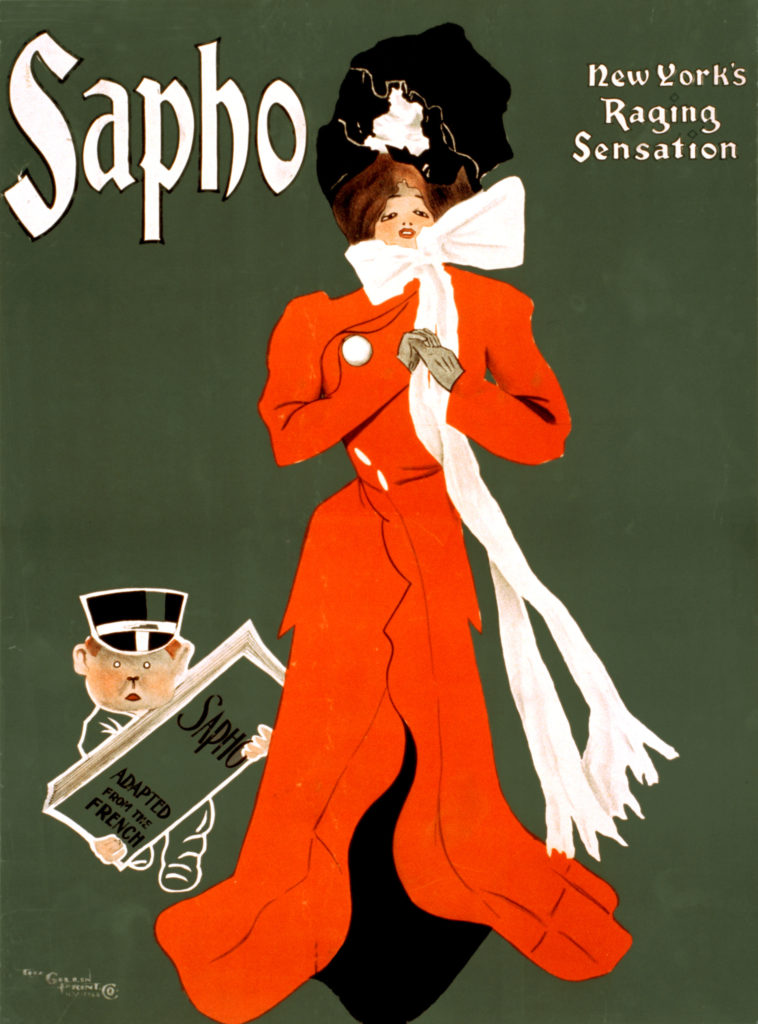
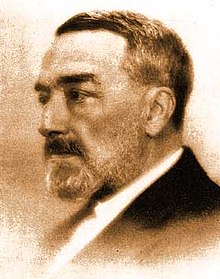
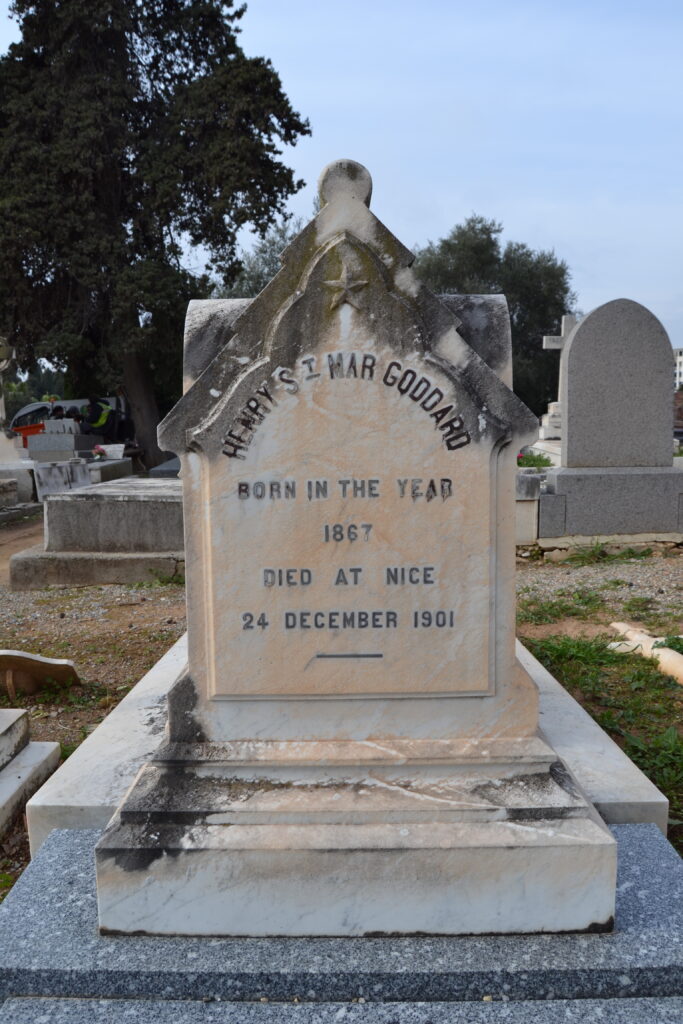
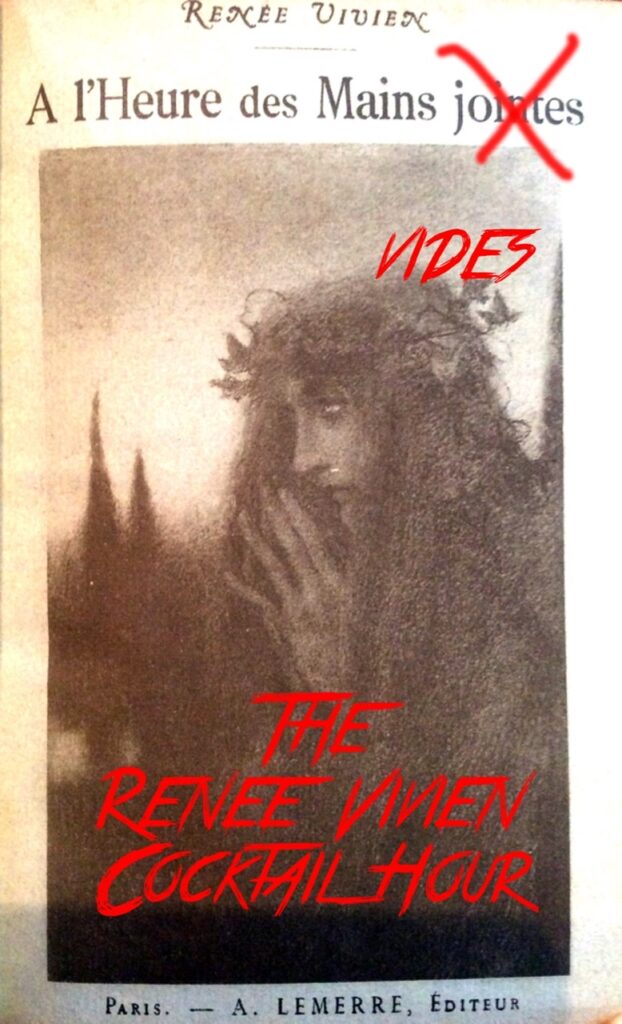


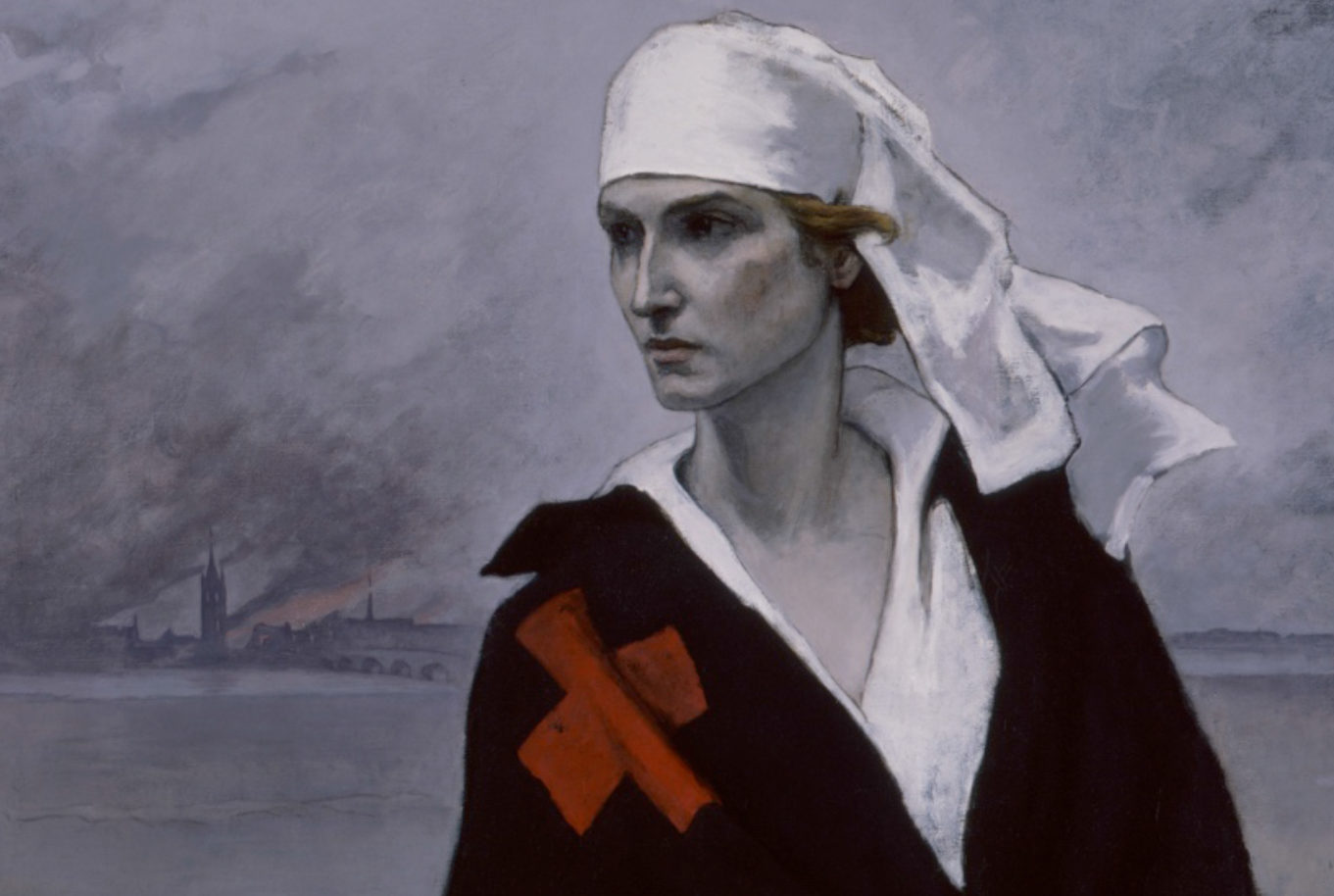
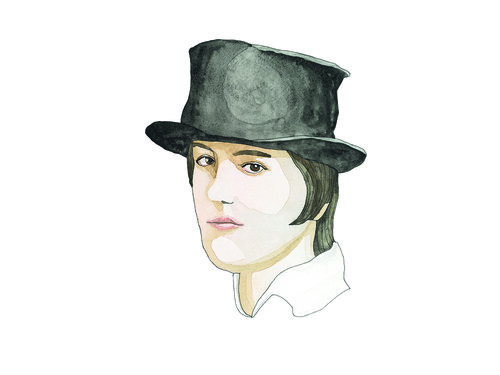
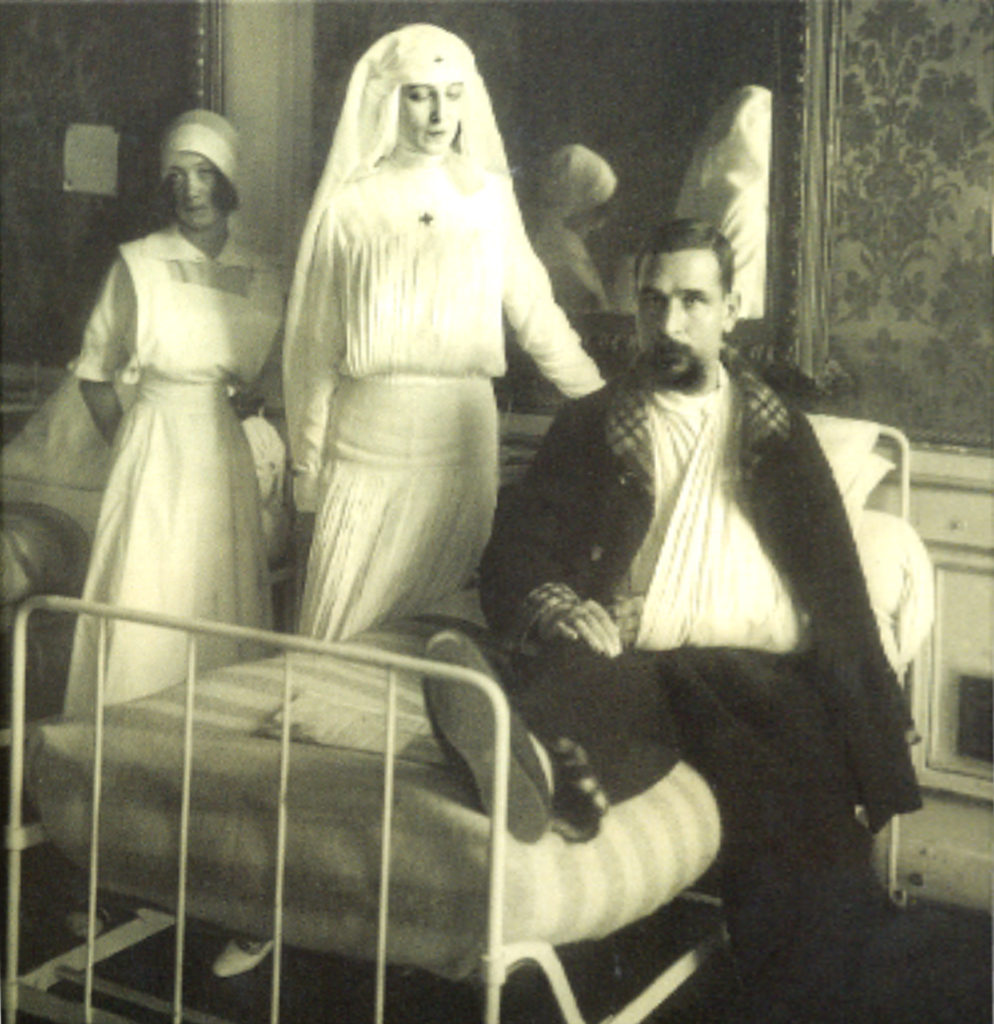
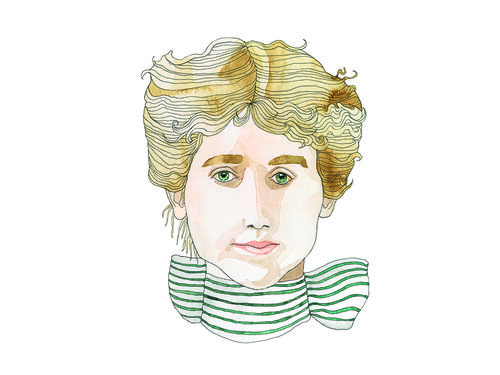
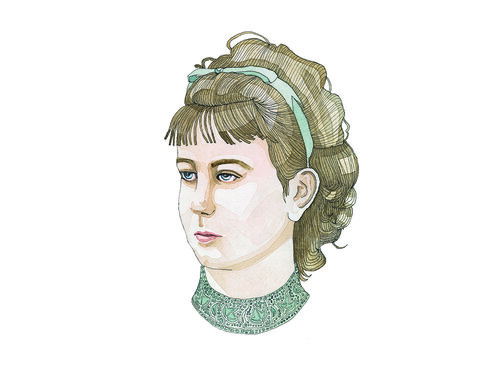
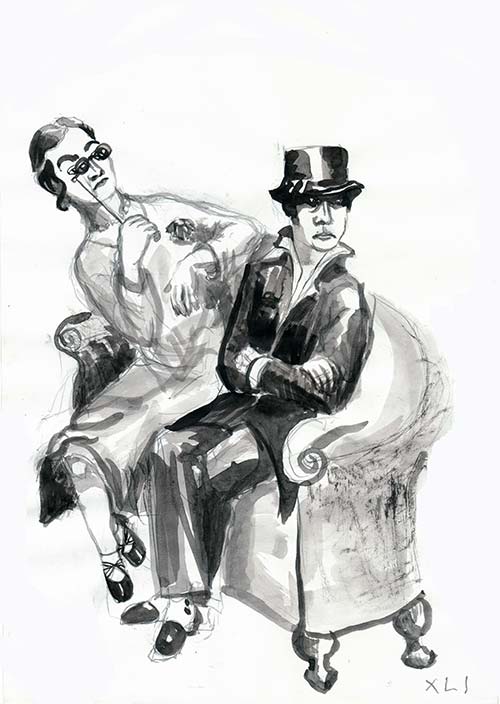


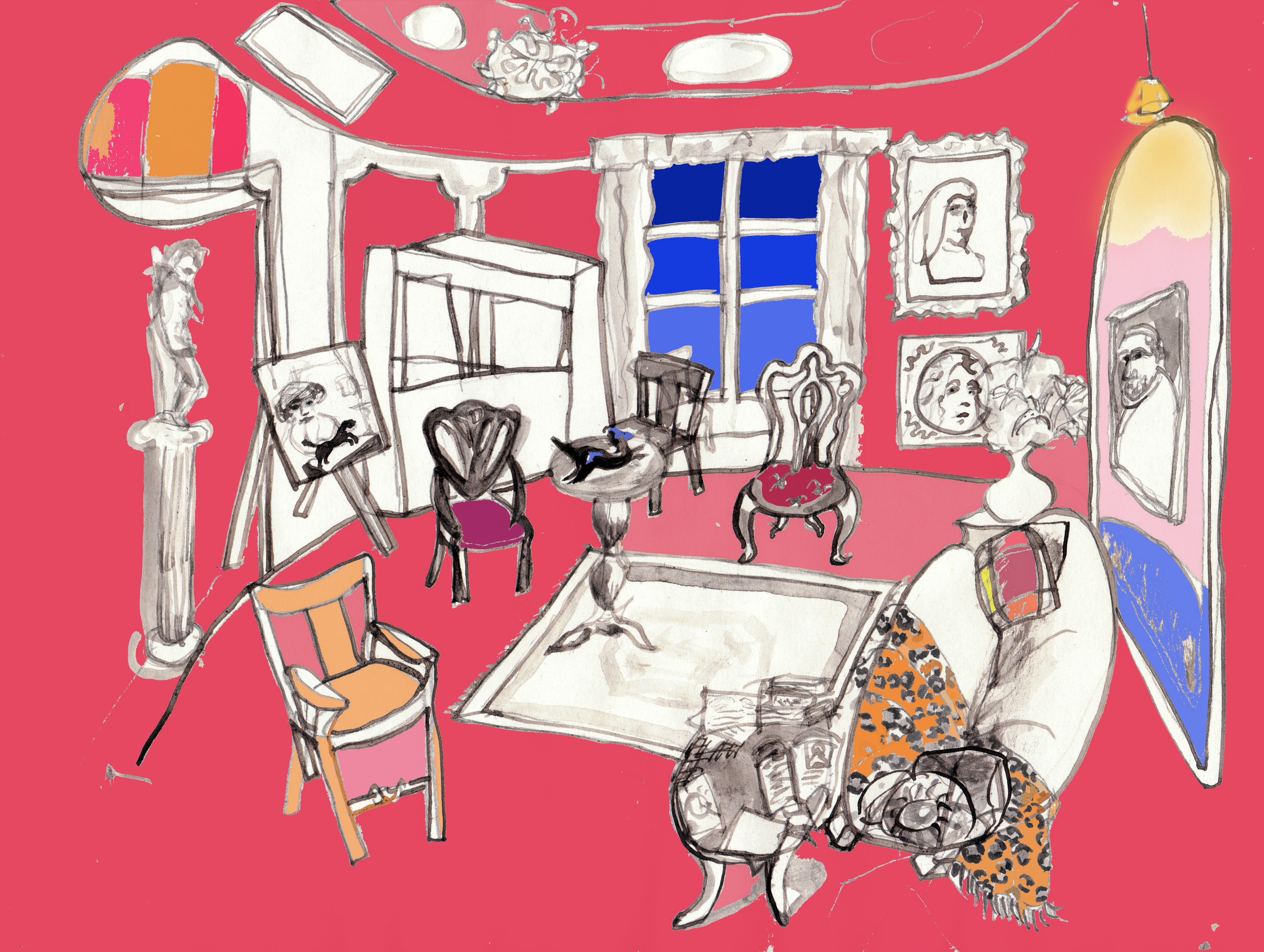
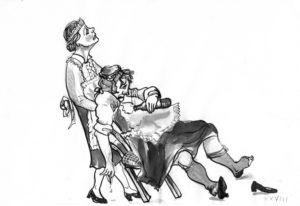
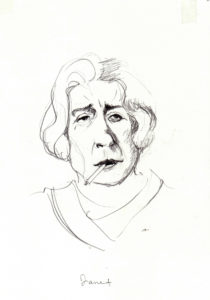
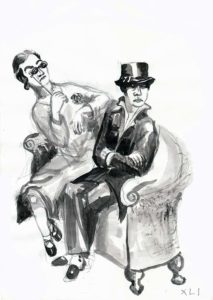
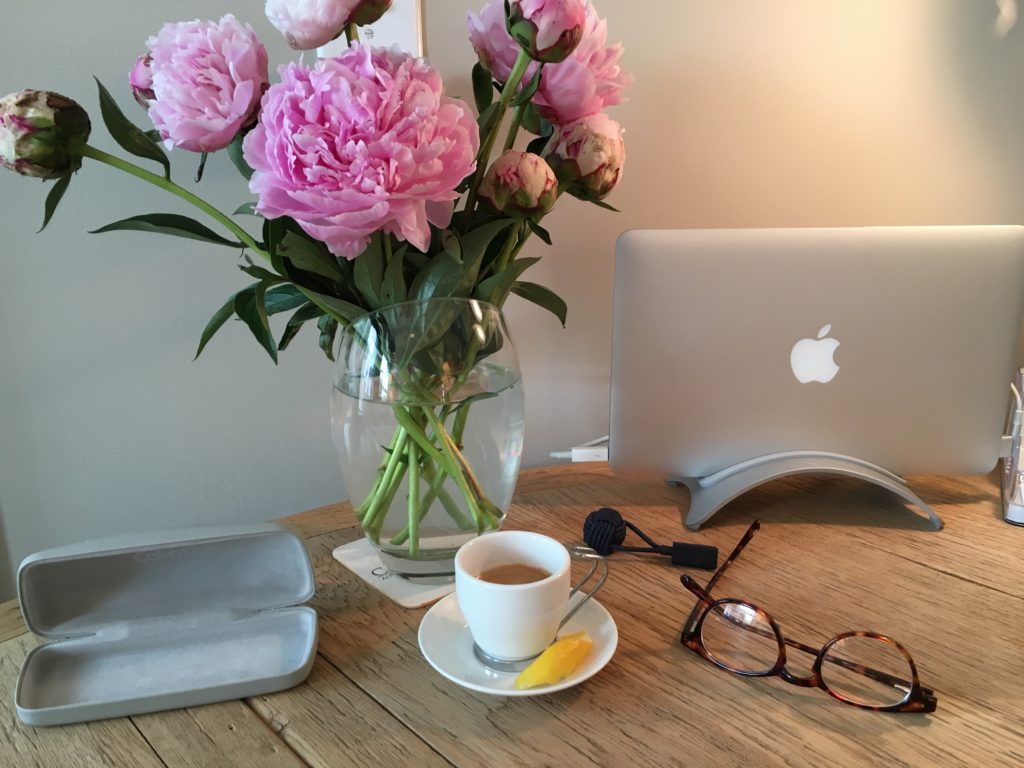
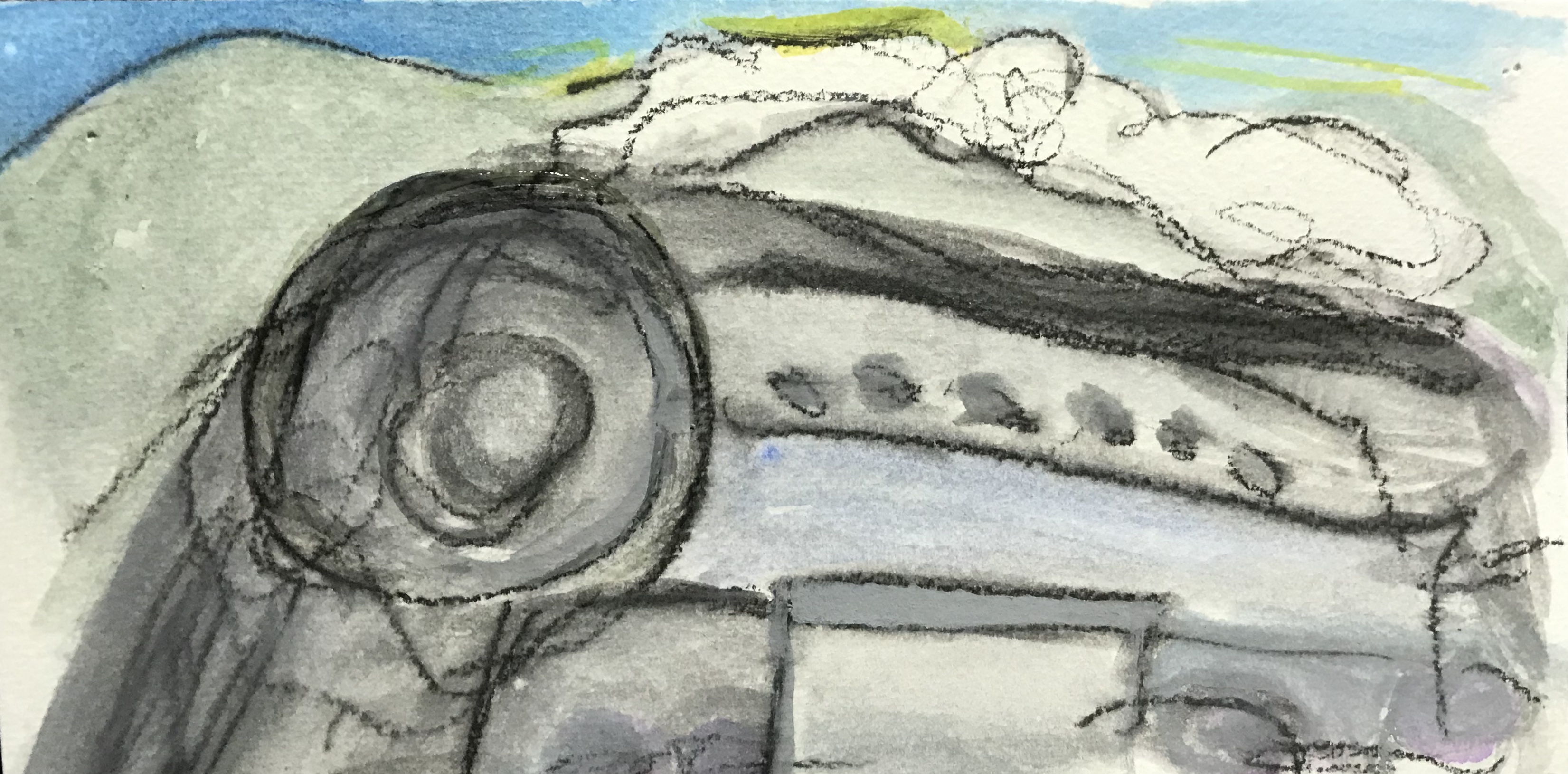




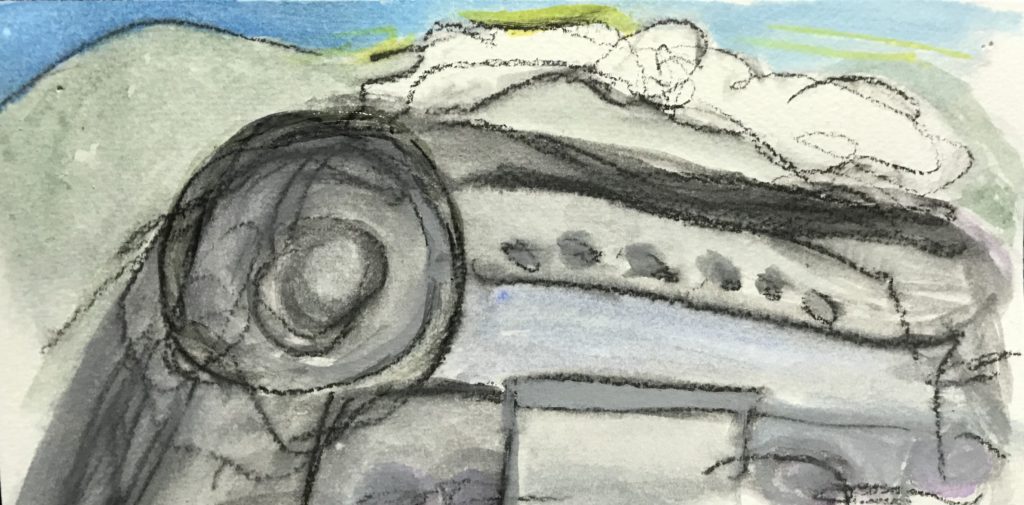
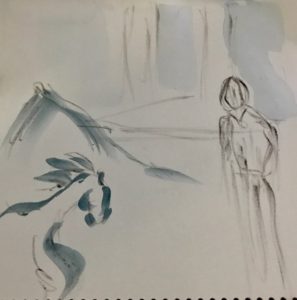

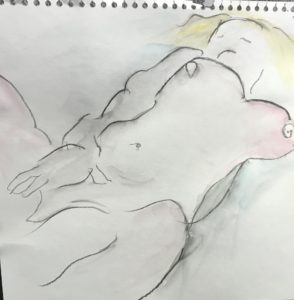


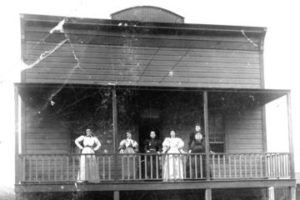
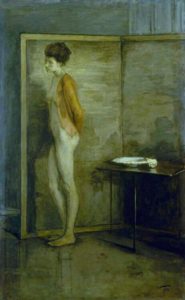
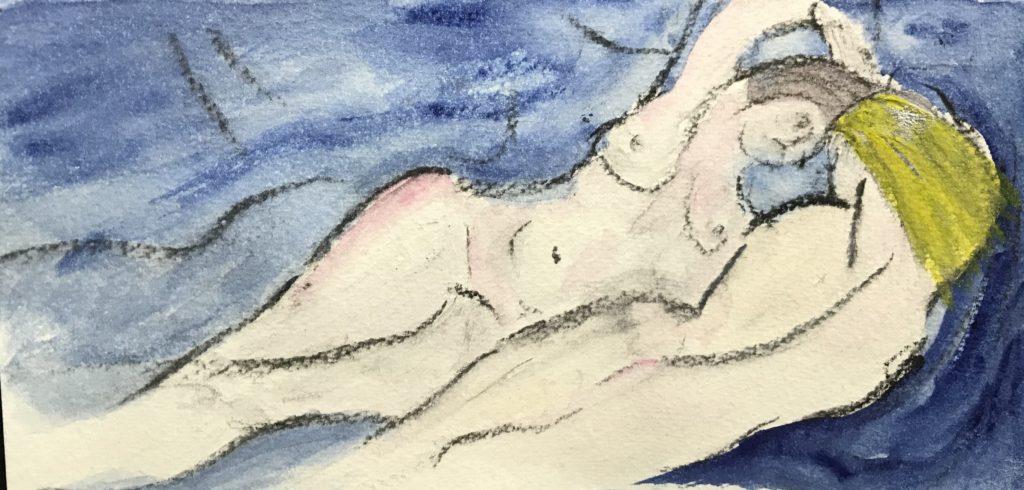
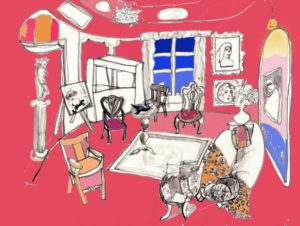
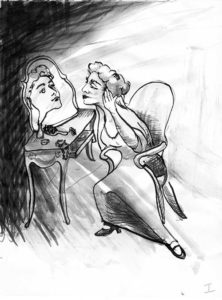
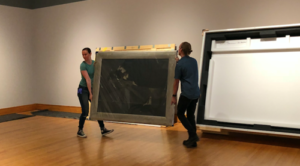

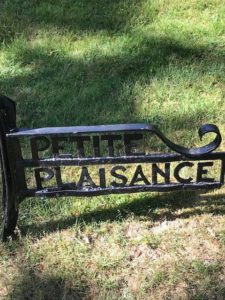


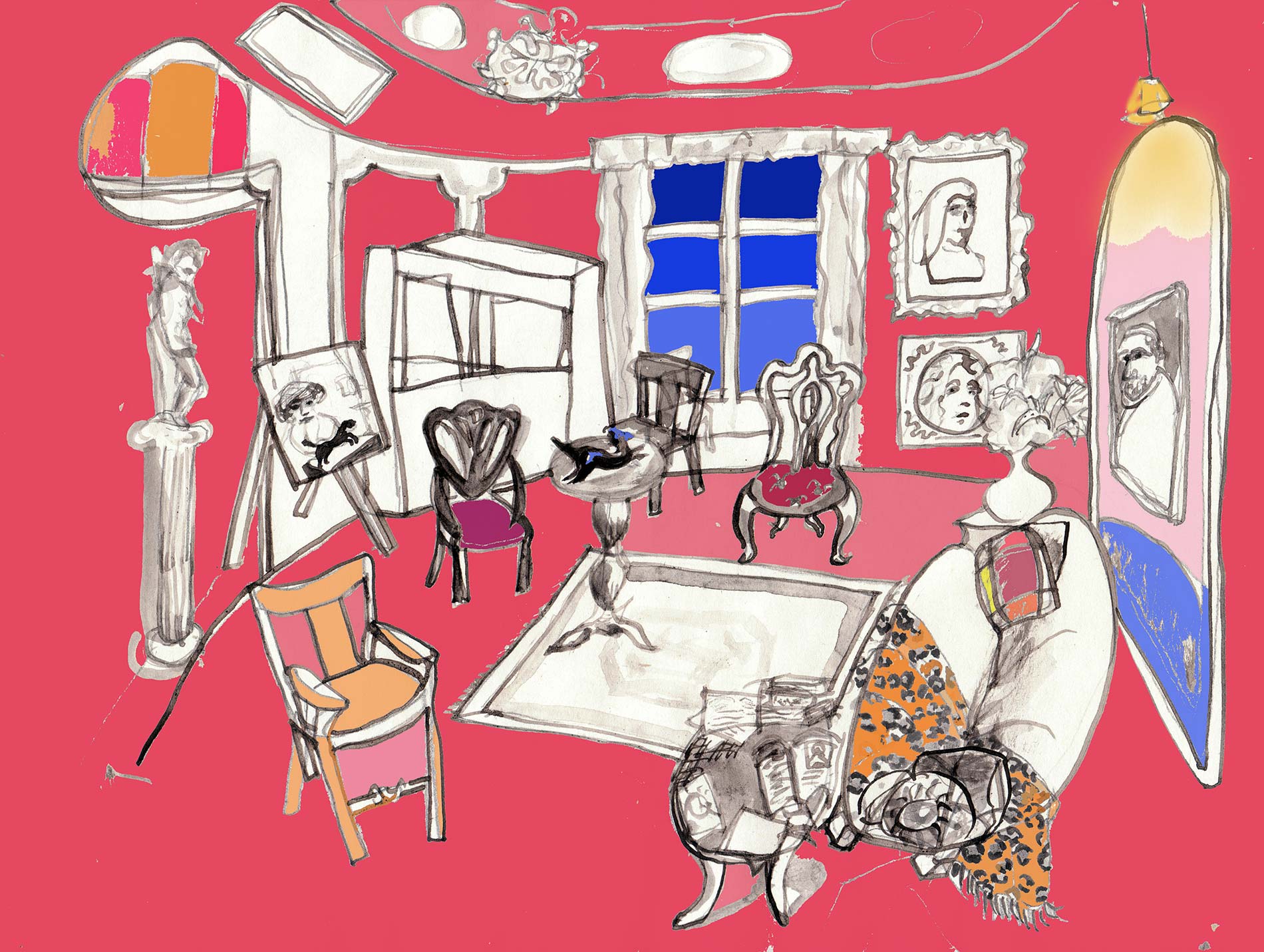
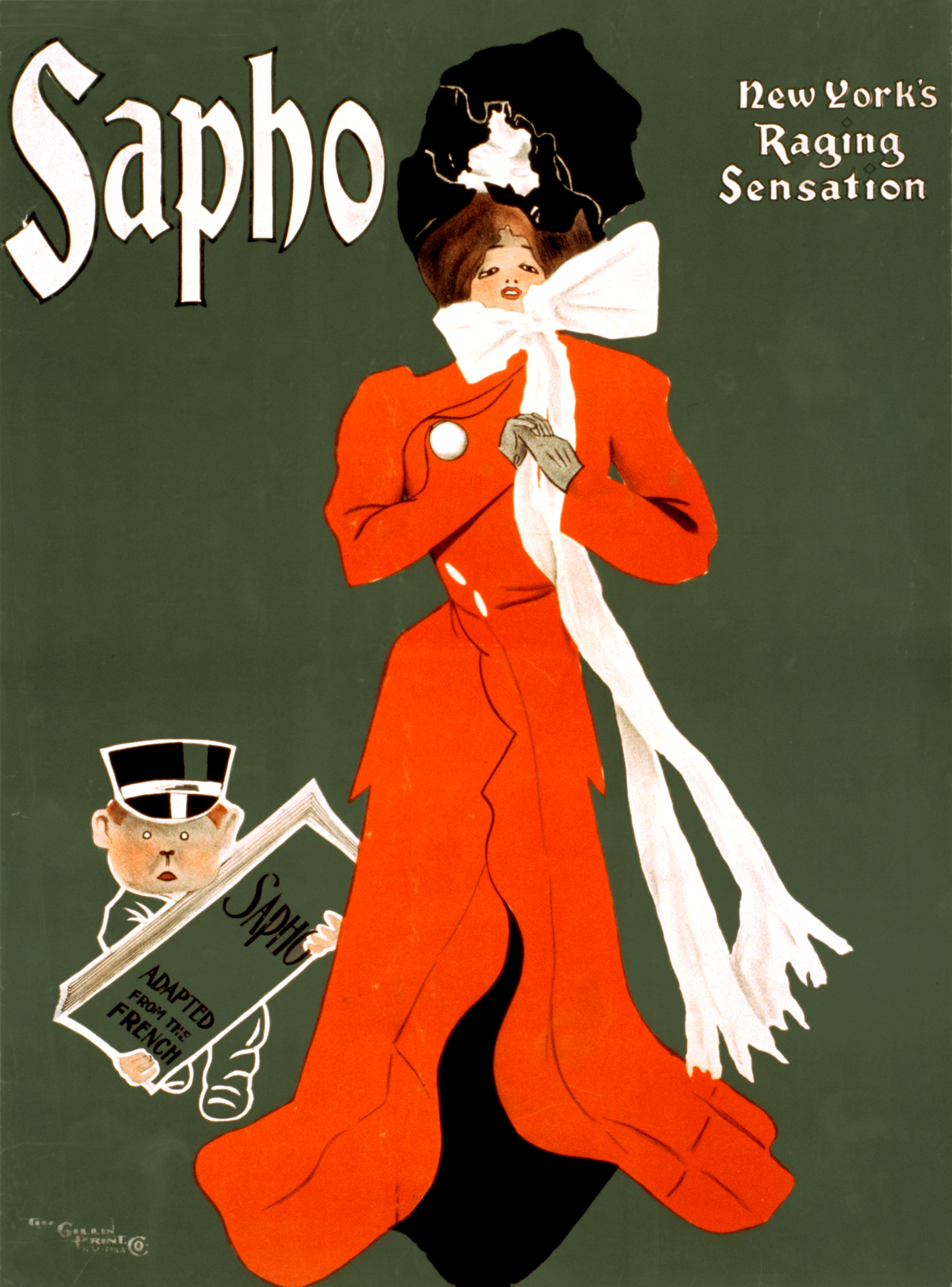
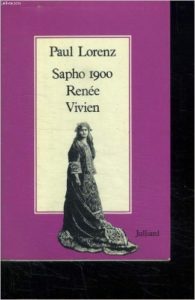 Renee vivien turns 139
Renee vivien turns 139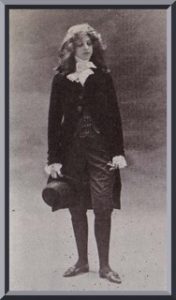 She was as shy and awkward in conversation as she was confident in her written expression. It was, apparently, a heady mixture. If you asked for one of her books, she always gave it to you hidden in a nosegay. [Note to self!]
She was as shy and awkward in conversation as she was confident in her written expression. It was, apparently, a heady mixture. If you asked for one of her books, she always gave it to you hidden in a nosegay. [Note to self!]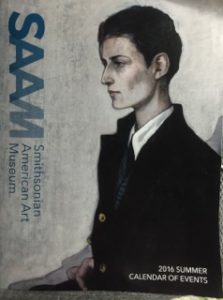
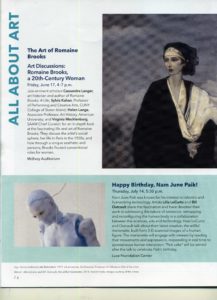

 “We got stuck with the Puritans.”
“We got stuck with the Puritans.”